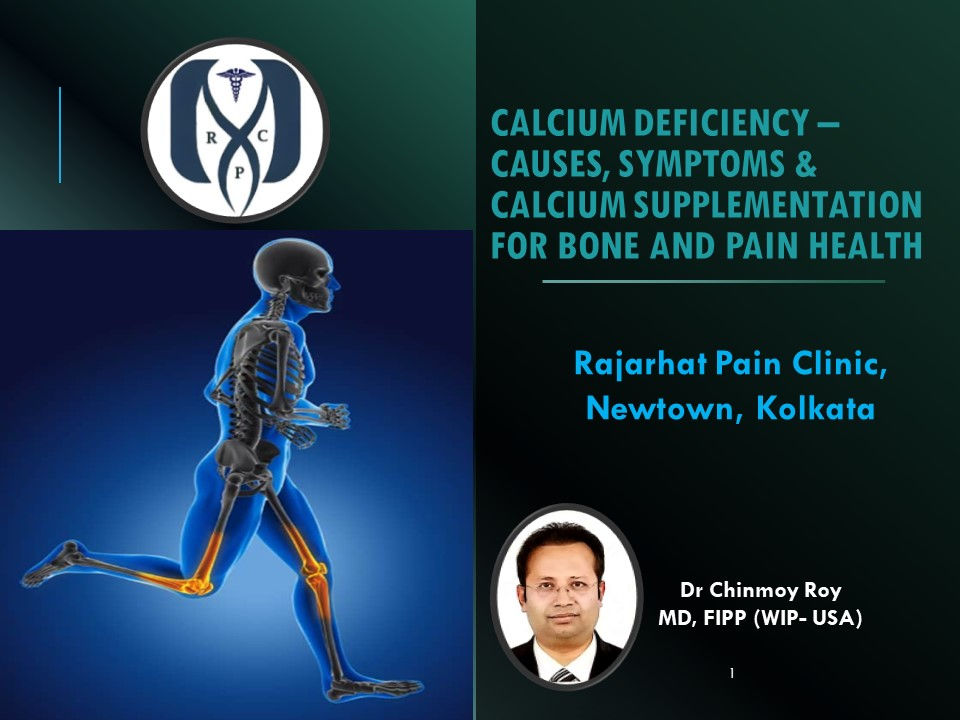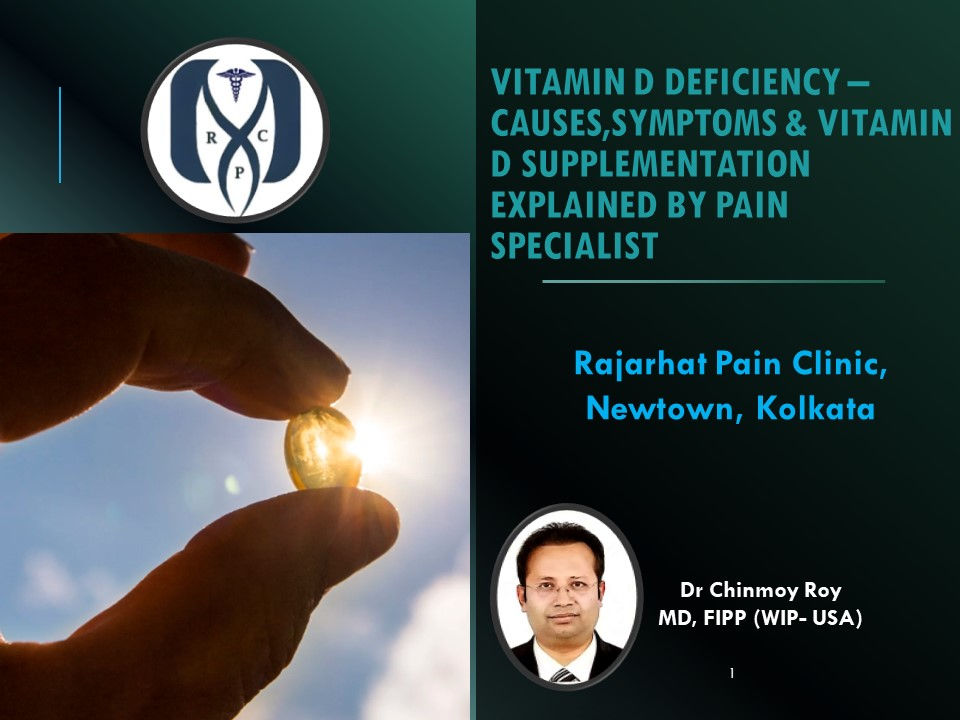Tennis Elbow or Lateral Epicondylitis
- Chinmoy Roy
- Jan 29, 2024
- 2 min read

Elbow pain is often caused by tennis elbow, which is one of the most frequent conditions affecting the elbow. Despite its name, tennis elbow is not usually related to tennis or other sports. Experts believe that over 90% of the people who get tennis elbow have other causes for it.
Some of the usual symptoms of tennis elbow are:
Pain in the outer side of your elbow
Rigidity.
Local swelling sometimes
A poor grip strength (especially when you’re holding something like a racket, pen or shaking someone’s hand)
The pain typically feels intense. It is more severe when you rotate your arm (like turning a handle, unscrewing something) or fold your elbow. Pain may radiate from elbow to your forearm and into your wrist. Tennis elbow usually affects the dominant arm (the side you use more often for most tasks). It is rare, but you can get tennis elbow in both arms at the same time.
Cause of Tennis elbow:
Tennis elbow can result from any motion or activity that you do often. Repetitive movements cause more stress over time. That extra stress and use on your extensor muscle tendon leads to small tears (microtraumas). Those microtraumas ultimately cause pain. Although rare, but tennis elbow can also happen from a sudden elbow injury.
Who are at risk of Tennis elbow?
Anyone can develop tennis elbow, but some people are more likely. These people are: 1. Lift heavy weight on a regular basis. 2. Age more than 40 3. Smokers 4. Obese individual 5. Sportsman who put stress on their arms (tennis players, badminton, cricketers etc) 5. Certain professionals (Painters, Musicians, Chefs or cooks, Carpenters, Plumbers, Cleaners, Gardeners)
Complication if untreated
Tennis elbow if remains untreated, ultimately can be a cause of tendon tear.
Diagnosis
History and physical examination are usually sufficient for making a clinical diagnosis. Few investigations such as Ultrasonography or MRI are sometimes advised to obtain a 100% confirmation.
Treatments
Initial treatment advises are:
1. Over the counter (OTC) pain medications: Over-the-counter NSAIDs reduce swelling and pain. Paracetamol is also affective.
2. Wearing a tennis elbow brace: Wrist and elbow braces will allow your tendon to rest. It promotes healing of the tendon.
3. Local ICE compression
4. Shockwave therapy: Specific pressure frequency is used where the tendon is injured. In some cases, the shockwaves encourage your body to speed up the healing.
Pain Interventions
1. Regenerative therapy: Pain specialist collects a sample of patient’s blood and then process it to concentrate platelets and growth factors. They inject it inside the tendon under live ultrasound.
2. Corticosteroids: Corticosteroids work by anti-inflammatory mechanism. Pain physician may inject cortisone around the tendons. This is preferred for fast pain relief.
3. Tenotomy: Tenotomy of the diseased tendon is done to encourage body’s natural healing process.
Surgery
Surgery remains the last option. Most people don’t need surgery to repair tennis elbow.
Best ways to prevent tennis elbow.
When you do sports or other physical activities:
Use the appropriate protective gear for all work, sports or hobbies.
Avoid “ignoring pain” during or after physical activity.
Let your body relax and heal after strenuous activity.
Stretch and warm up before doing sports or exercising.
Cool down and stretch after physical activity.
Do exercises that are specific to your sport or that keep your body fit for your sports, hobbies or job











Comments